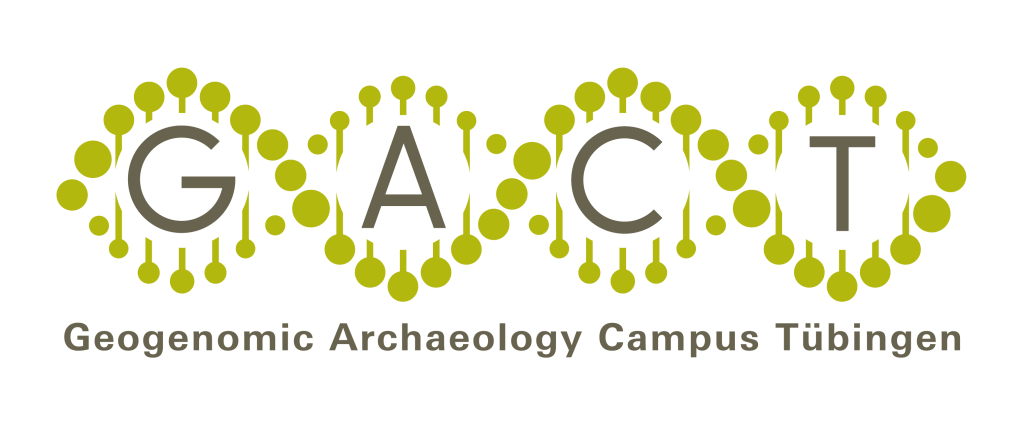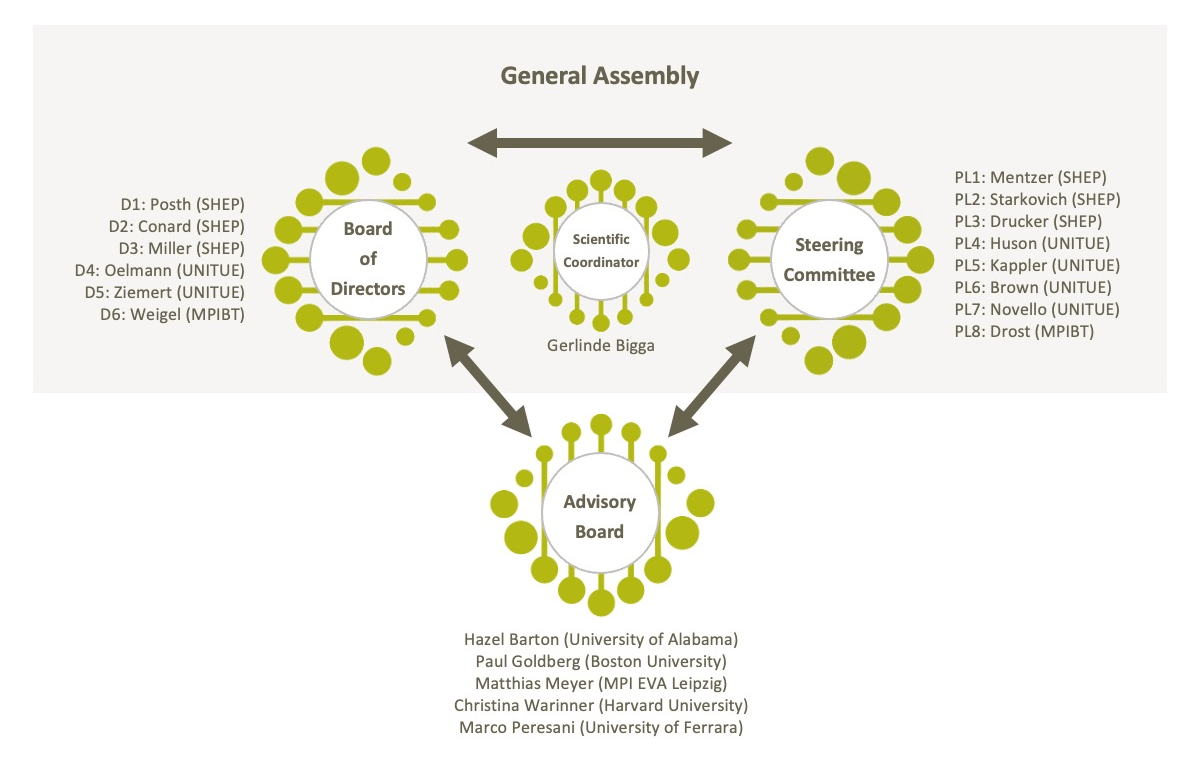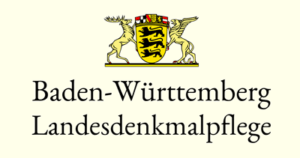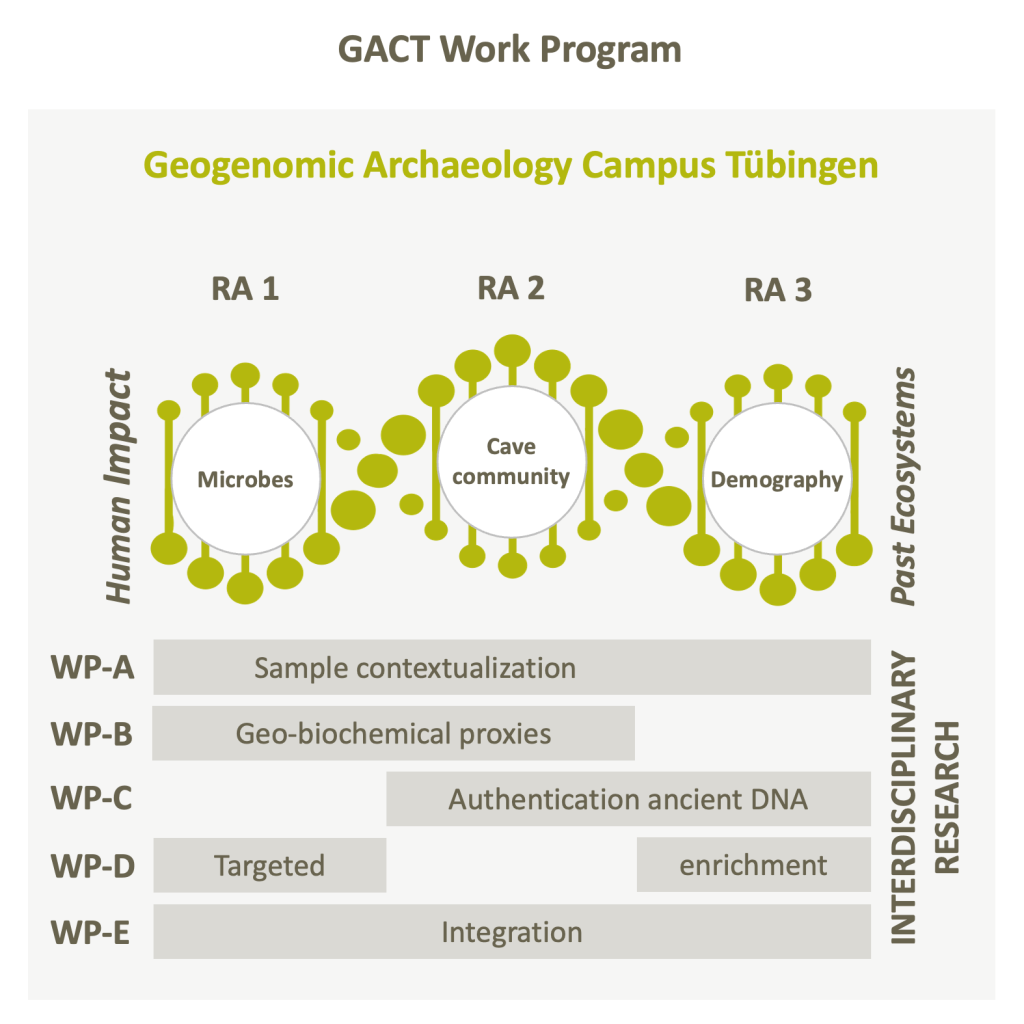
Diachronic impacts of humans on ecosystems using caves as models
While largely viewed as a consequence of modern, large-scale industrial societies, human impact on ecosystems and biodiversity has a deeper and more complex history. Archaeological and paleoecological studies have shown that even ancient hunter-gatherer groups played a substantial role in the global distribution of species and in the shaping and management of their environments. Genetic data obtained from permafrost, lake sediments and other geological repositories has increasingly contributed to the monitoring of past aquatic and terrestrial biodiversity.
Structure of the Campus
The Leibniz ScienceCampus „Geogenomic Archaeology Campus Tübingen (GACT)“ is established in 2023 as interdisciplinary Leibniz Science Campus in Tübingen, uniting the Senckenberg Centre for Human Evolution and Palaeoenvironment, the University of Tübingen and the Max Planck Institute for Biology Tübingen.
GACT is a unique research structure connecting experts in archaeology, genetics, geoscience, ecology and microbiology. GACT-researchers examine the evolutionary relationships between humans and ecosystem biodiversity through an innovative and multi-disciplinary analysis of sedimentary archives containing ancient DNA. They focus their investigation on caves and their sediments, since caves house unique and discrete ecosystems that can be significantly impacted by outside agents. Caves can preserve tens of thousands of years of genetic data, providing a perfect setting to investigate human-ecosystem interactions over the long term. GACT establishes new molecular, computational, biochemical and geoarcheological methods to answer key questions about the impact of human activity on past biodiversity in a transformative way.
The Structure of GACT is arranged around a Board of six Directors responsible for the Campus’ management and a Steering Committee of eight
Principal Investigators, one for each of the core disciplines. Their activities are brought together by a Scientific Coordinator. Finally, a Scientific Advisory Board of external members will advise on the progress and further development of the Campus. GACT focuses on early career researchers in leadership positions to spark and conduct innovative research.
Organigram

Cooperating institutions



GACT is supported by


Our Partners


Research Focus
Skeletal remains are rare and deposited post-mortem, thus limiting our capacity to study human and animal activities during their lifespans, as well as their global impact through time. Sediments from caves usually represent precise archaeological contexts, enabling a direct link with past human occupation and behaviour spanning over a million years. Therefore, caves and their sediments are invaluable archives for examining long-term relationships and impacts that humans may have had on animal, plant and microbial communities, both within and outside of the immediate cave environment. Today, cave conservation specialists consider humans to be detrimental to cave environments. But in the past, humans resided in caves alongside other inhabitants. We investigate the impact humans have had on cave ecosystems through time.
In the first four years of funding, our goal is to create a strong network of researchers and students at Tübingen who study caves using a holistic approach by broadening existing synergies between the Senckenberg Centre for Human Evolution and Palaeoenvironment (SHEP), the Science Faculty (Departments of Geosciences and Bioinformatics) and the Interfaculty Institute for Microbiology and Infection Medicine at the University of Tübingen and the Max Planck Institute for Biology Tübingen. Moreover, GACT develops and expands connections with local institutions including the UNESCO Global Geopark Swabian Alb, Landesamt für Denkmalpflege, Landesverband für Höhlen- und Karstforschung and Arbeitsgemeinschaft Fledermausschutz Baden Württemberg, among others. Under the GACT umbrella these institutions combine their expertise in an entirely new framework built around Tübingen and help providing a platform for transforming innovative scientific research into societally relevant results.
GACT comprehensively investigates the relationship between human occupation of caves and their ecosystems from a multiscalar perspective. The three interlinked Research Areas (RA) span the microscopic to macroscopic and employ novel scientific approaches.

RA 1. Microbes: understanding cave sediments as microbiota archives.
RA 2. Cave ecology: impact of humans, animals and plants.
RA 3. Demography: genomic changes in human and animal populations.
We have active high profile excavations across three continents and we select localities with cave sediments spanning from the Pleistocene to the present containing varied ecosystems and, when possible, with previously documented ancient DNA preservation. Among others, these include UNESCO caves of the Swabian Jura such as Hohle Fels and Hohlenstein-Stadel. Our network aims to:
- be complementary to the genomic approaches developed within the University
- provide a deep-time perspective of human impact on biodiversity and ecosystems for the Senckenberg special item of expenditure „Anthropocene Biodiversity Loss“
- develop novel approaches to the field of Collectomics using the world-largest Geoarchaeology collection curated by SHEP as a resource to generate immortalized and fully digitized Palaeogenetics libraries


